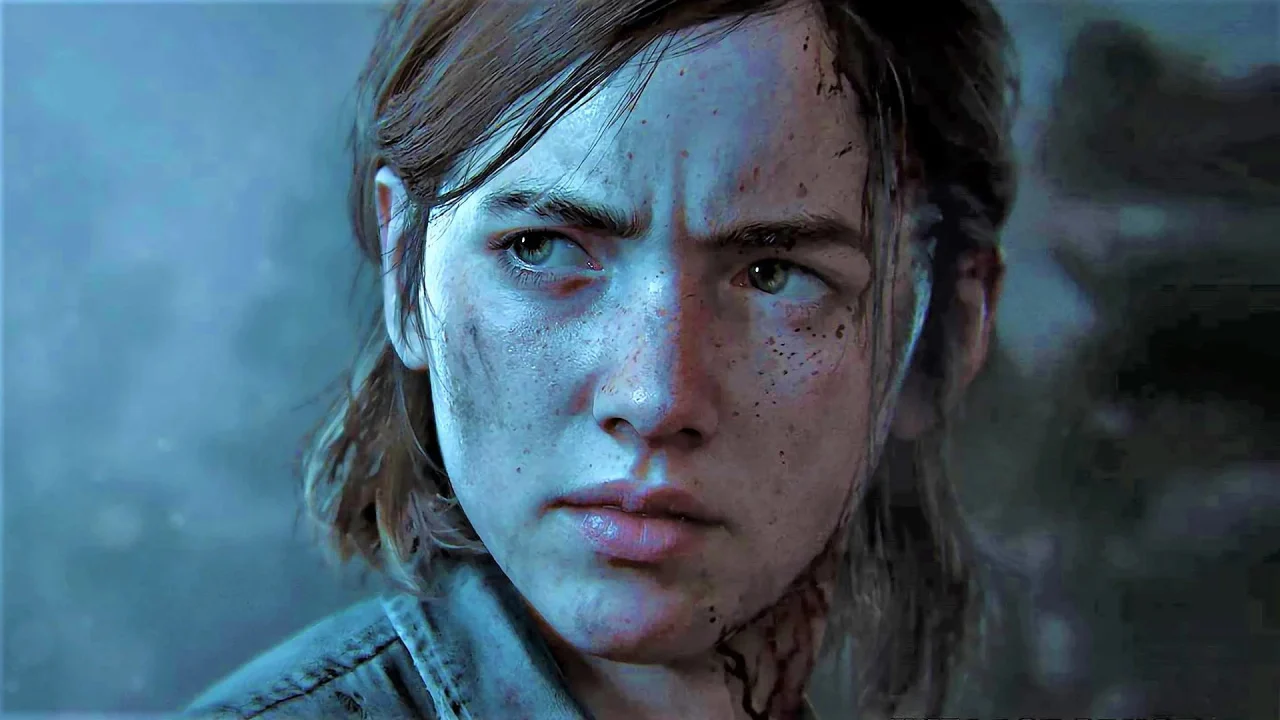The video game industry has recently witnessed a significant revelation regarding the staggering budgets required to develop some of the biggest games. Court documents, although poorly redacted, shed light on the time and financial resources allocated to two highly anticipated titles: Horizon Forbidden West and The Last of Us Part 2. The extensive development of both games, spanning over five years, required budgets exceeding $200 million. This unprecedented glimpse into game development costs has sparked reactions from developers across the industry, offering valuable insights and perspectives.
Revealing the budgets of Horizon Forbidden West and The Last of Us Part 2
Horizon Forbidden West, developed by a team of 300 employees from 2017 to 2022, incurred a total cost of $212 million. Similarly, Naughty Dog’s The Last of Us Part 2, with a peak of 200 studio employees, consumed a budget of $220 million over a span of 70 months. These figures provide a rare glimpse into the financial investments behind these highly anticipated games. Previously, the news of Forspoken’s $100 million budget had already shocked players, but the costs of these two titles more than double that amount. The detailed figures have caused ripples throughout the industry, prompting developers to offer their perspectives.
Industry response to the exorbitant game development costs
Perspective from AAA developers
Lisette Titre-Montgomery, a former developer of Psychonauts 2, expressed concern over the sustainability of game teams of this magnitude working for such extended periods. She emphasized that budgets like the one allocated to The Last of Us Part 2 are simply “Not. Sustainable.” Shana, a former Capcom and Xbox producer, further contextualized this issue by highlighting the average monthly cost of $15,000 per employee, which reflects the headcount expenses rather than individual salaries. The studio’s total expenditure reaches a staggering $3 million.
The financial strain on studios
The $15,000 monthly rate is considered standard within the United States, illustrating the high operational costs of game development studios. This cost structure emphasizes why game delays can quickly become financially burdensome. Nigel Davis, a producer at Bungie, pointed out that the game industry pays below the market rate for tech jobs, meaning that most game developers are taking a pay cut compared to other tech fields where they could earn more.
Additional costs beyond development figures
Apart from the disclosed development budgets, several costs associated with game development were not included in the revealed figures. Third-party contracts, which often involve significant expenses, were likely not part of the official headcounts and development budgets but can number in the several hundreds. Additionally, marketing budgets, sometimes reaching the same magnitude as the game’s development cost, were also not accounted for.
The longing of indie developers for a fraction of AAA budgets
Indie developers, operating on a significantly smaller scale, expressed their awe at the enormous budgets allocated toAAA games. Chananda Ekanayake, game director of the dating sim Thirsty Suitors, remarked on the wild difference between a $200 million+ budget and the resources available to indie developers. The sentiment was echoed by Rami Ismail, a former Vlambeer developer, who expressed that a mere fraction of Naughty Dog’s budget could fund 20-30 incredible indie games by talented developers worldwide. Many indie developers yearn for the opportunity to receive a transformative budget that would greatly impact their careers.
The value and challenges of bigger titles
While the industry acknowledges the immense financial investments required for AAA titles, discussions have also centered around the value these larger games bring. AAA studios often excel in areas such as accessibility, leveraging their resources to ensure that their games can be enjoyed by a wide range of players. However, as major publishers warn of longer and more expensive development cycles, concerns arise about the sustainability of escalating budgets. Balancing the value and quality of these bigger titles with the challenges posed by their increasing costs becomes a critical consideration.
Conclusion
The recent revelation of the budgets for Horizon Forbidden West and The Last of Us Part 2 has sparked conversations and reactions throughout the game development industry. Developers from both AAA and indie backgrounds have shared their insights, highlighting the financial strain on studios, the longing of indie developers for more significant budgets, and the value and challenges associated with bigger titles. The escalating costs of game development raise important questions about sustainability, industry practices, and the future of game production.
FAQs
Q1: How much did Horizon Forbidden West and The Last of Us Part 2 cost to develop?
A1: Horizon Forbidden West had a budget of $212 million, while The Last of Us Part 2 required $220 million for its development.
Q2: Why are developers concerned about the sustainability of game teams with large budgets?
A2: Developers express concerns about the long-term sustainability of maintaining large teams and budgets for extended periods. The high operational costs, including headcount expenses, can strain studios and raise questions about the long-term viability of such investments.
Q3: Are third-party contracts and marketing budgets included in the disclosed figures?
A3: No, the revealed budgets for Horizon Forbidden West and The Last of Us Part 2 do not account for third-party contracts or marketing budgets. These additional costs can be substantial and significantly impact the overall expenses associated with game development.
Q4: How do indie developers perceive the budgets of AAA games?
A4: Indie developers often express admiration for the budgets allocated to AAA games, recognizing the transformative opportunities that a fraction of those budgets could provide for their own projects. The difference in scale between AAA and indie development is substantial, and indie developers aspire to receive increased financial support to enhance their careers.
Q5: What are the challenges associated with bigger titles and escalating budgets?
A5: While bigger titles can offer significant value, such as advancements in accessibility, longer and more expensive development cycles can pose challenges. Balancing the increasing costs with the overall value and quality of these titles becomes a crucial consideration for the industry moving forward.

